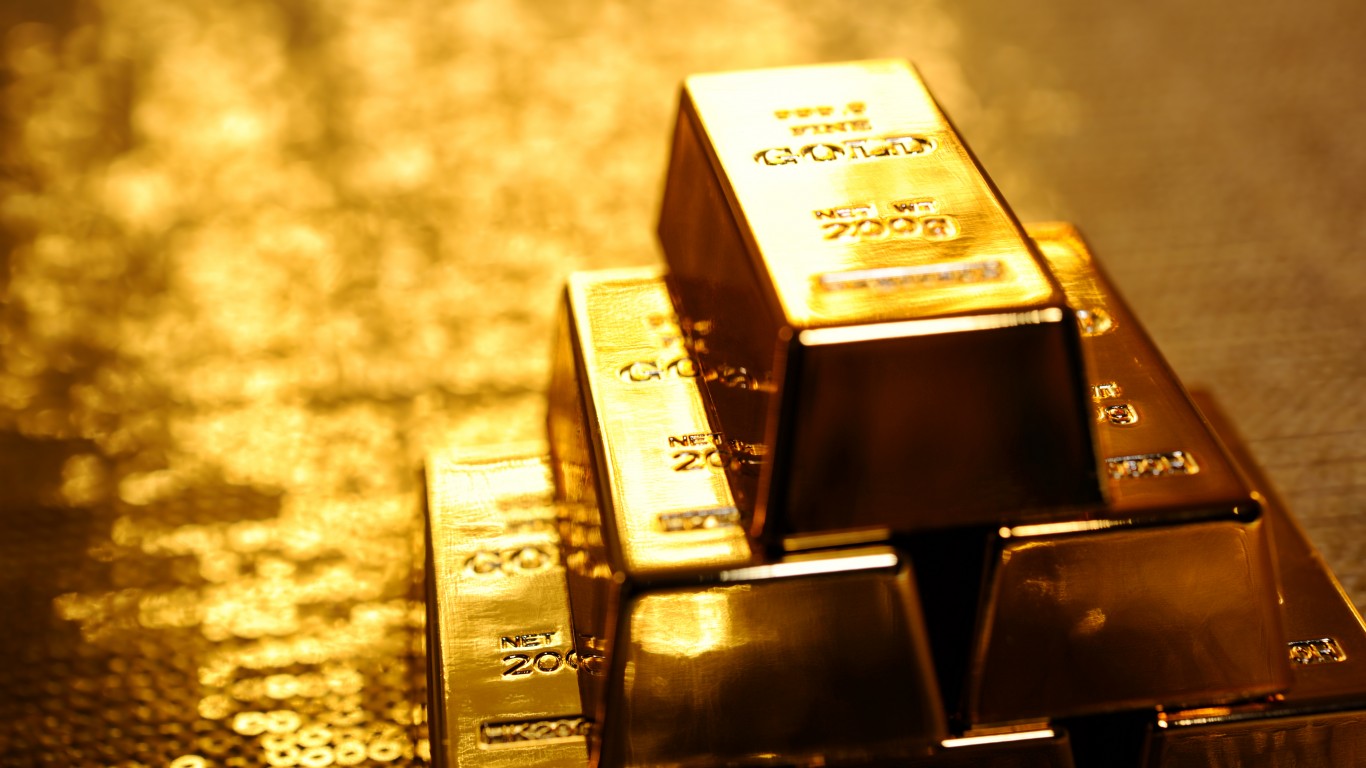
Inflation has turned out to the bogeyman every person is scared of but cannot ever seem to find. The Federal Reserve’s new efforts of targeting inflation to get up to and above 2% in consumer prices might not even matter. Fed Chair Jerome Powell has pledged to keep interest rates very low for a long period, at a time that the government is borrowing much more money and the Fed’s own balance sheet is above $7 trillion.
A serious debate remains about just how effective it can be to try to push inflation higher. It’s an obvious ploy to avoid the other bogeyman of deflation, but it is a dangerous move to target inflation north of 2% so publicly.
Many Federal Reserve members are speaking this week, including Powell and regional Fed presidents. Many people are starting to believe that Powell’s higher inflation goal may not hold much more weight than traditional jawboning.
Oxford Economics has opined that big fiscal deficits can continue to coexist with low inflation. The group has tracked a surge in government debt with expanding fiscal deficits as a necessary response to combat the COVID-19 pandemic. Their view is one that doubts the end result is a burst of inflation in the advanced economies and that it will not trigger a debt crisis, even if governments fail to meet their existing fiscal consolidation plans.
Another view from Oxford Economics is that a lack of tangible medical progress to beat the COVID-19 pandemic led the group to lower its forecast for global growth of gross domestic product to 5.4% from 5.8% for 2021. That is after an expected 4.4% drop in 2020. The group also recently has noted signs that some sectors are beginning to lose momentum in their recovery.
Chicago Fed President Charles Evans has been viewed as a dovish Fed member traditionally, but Evans said on Tuesday that the Federal Open Market Committee (FOMC) does not necessarily need to wait until inflation reaches its 2% goal before lifting interest rates again. Is this a tell that the Fed already is playing down its recent guidance? It could be, but individual Fed presidents never make a consensus, and it could be more jawboning.
Richard Clarida, of the Federal Reserve Board’s vice chair, was quoted on Tuesday suggesting that the FOMC stuck with the recent guidance that rates will remain at zero until the PCE inflation reaches 2% on a year-over-year basis. He also commented that the FOMC wants evidence that inflation can moderately overshoot that 2% level before raising rates.
One aspect to consider here is that if the Fed wants to target higher inflation while also keeping short-term interest rates at zero percent, then it is taking a lighter version of European and Japanese policies of negative interest rates. The United States has avoided making the formal interest rates negative, but having the so-called real interest rate after the effects of inflation comes to the same end result, without formally stating negative rates.
Certain risks are obviously present in targeting higher inflation. The ballooning national debt is an obvious one, but another less obvious risk is what happens when targeting higher consumer prices while unemployment remains so high?
Maybe if Powell wants real inflation he should instruct the Fed to start buying up oil and gas to drive energy prices higher. That won’t work forever, and the electrification of cars eventually will be much more prevalent, but it might work for now.
Travel Cards Are Getting Too Good To Ignore (sponsored)
Credit card companies are pulling out all the stops, with the issuers are offering insane travel rewards and perks.
We’re talking huge sign-up bonuses, points on every purchase, and benefits like lounge access, travel credits, and free hotel nights. For travelers, these rewards can add up to thousands of dollars in flights, upgrades, and luxury experiences every year.
It’s like getting paid to travel — and it’s available to qualified borrowers who know where to look.
We’ve rounded up some of the best travel credit cards on the market. Click here to see the list. Don’t miss these offers — they won’t be this good forever.
Thank you for reading! Have some feedback for us?
Contact the 24/7 Wall St. editorial team.
 24/7 Wall St.
24/7 Wall St.

